R. M. R. Lewis
Cardiff School of Mathematics, Cardiff University, Cardiff, UK
ISSN 1868-0941 e-ISSN 1868-095X
Texts in Computer Science
ISBN 978-3-030-81053-5 e-ISBN 978-3-030-81054-2
https://doi.org/10.1007/978-3-030-81054-2
The Editor(s) (if applicable) and The Author(s), under exclusive license to Springer Nature Switzerland AG 2021
This work is subject to copyright. All rights are solely and exclusively licensed by the Publisher, whether the whole or part of the material is concerned, specifically the rights of translation, reprinting, reuse of illustrations, recitation, broadcasting, reproduction on microfilms or in any other physical way, and transmission or information storage and retrieval, electronic adaptation, computer software, or by similar or dissimilar methodology now known or hereafter developed.
The use of general descriptive names, registered names, trademarks, service marks, etc. in this publication does not imply, even in the absence of a specific statement, that such names are exempt from the relevant protective laws and regulations and therefore free for general use.
The publisher, the authors and the editors are safe to assume that the advice and information in this book are believed to be true and accurate at the date of publication. Neither the publisher nor the authors or the editors give a warranty, expressed or implied, with respect to the material contained herein or for any errors or omissions that may have been made. The publisher remains neutral with regard to jurisdictional claims in published maps and institutional affiliations.
This Springer imprint is published by the registered company Springer Nature Switzerland AG
The registered company address is: Gewerbestrasse 11, 6330 Cham, Switzerland
Preface
Graph colouring is one of those rare examples in the mathematical sciences of a problem that, while easy to state and visualise, has many aspects that are exceptionally difficult to solve.
In this book, our goal is to examine graph colouring as an algorithmic problem, with a strong emphasis on implementation and practical application. To these ends, in addition to providing a theoretical treatment of the problem, we also dedicate individual chapters to real-world problems that can be tackled via graph colouring techniques. These include designing sports schedules, solving Sudoku puzzles, timetabling lectures at a university, and creating seating plans.
Portable source code for all of the algorithms considered in this book is also available for free download.
Organisation and Features
The first chapter of this book is kept deliberately light; it gives a brief tour of the graph colouring problem, avoids jargon, and gives plenty of illustrated examples.
In Chap. , we discover that graph colouring is a type of intractable problem, meaning that it usually needs to be tackled using inexact heuristic algorithms. To reach this conclusion, we introduce the topics of problem complexity, polynomial transformations, and  -completeness. We also review several graph topologies that are easy to colour optimally.
-completeness. We also review several graph topologies that are easy to colour optimally.
Chapter of this book starts with some theory and uses various techniques to derive bounds on the chromatic number of graphs. It then looks at five well-established constructive heuristics for graph colouring (including the Greedy, DSatur, and RLF algorithms) and analyses their relative performance. Source code for these algorithms is provided.
The intention of Chap. is to give the reader an overview of the different strategies available for graph colouring, including both exact and heuristic methods. Techniques considered include backtracking, integer programming, column generation, and various metaheuristics. No prior knowledge of these techniques is assumed. We also describe ways in which graph colouring problems can be reduced in size and broken into smaller parts, helping to improve algorithm performance.
Chapter gives an in-depth analysis of six high-performance algorithms for the graph colouring problem. The performance of these algorithms is compared using several different problem types, including random, flat, scale-free, planar, and timetabling graphs. Source code for each of these algorithms is also provided.
Chapter considers several problems, both theoretical and practical, that can be expressed through graph colouring principles. Initial sections focus on special cases of the graph colouring problem, including map colouring (together with a history of the Four Colour Theorem), edge colouring, Latin squares, and Sudoku puzzles. The problems of colouring graphs where only limited information about connectivity is known, or where a graph is subject to change over time, are also considered, as are some natural extensions to graph colouring such as list colouring, equitable graph colouring, weighted graph colouring, and chromatic polynomials.
The final three chapters of this book examine three separate case studies in which graph colouring techniques can be used to find high-quality solutions to real-world problems. Chapter looks at timetabling in educational establishments. Each of these chapters is written so that, to a large extent, they can be read independently of the other chapters of this book.
Audience
This book is written for anyone with a background in mathematics, computer science, operational research, or management science. Initial sections are particularly appropriate for undergraduate learning and teaching; later sections are more suited for postgraduate and research levels.
This text has been written with the presumption that the reader has no previous experience of graph colouring or graph theory more generally. However, elementary knowledge of the notation and concepts surrounding sets, matrices, and enumerative combinatorics (particularly combinations and permutations) is assumed.
Supplementary Resources
All algorithms reviewed and tested in this book are available for free download at http://www.rhydlewis.eu/resources/gCol.zip . These implementations are written in C++ and can be compiled on Windows, macOS, and Linux. Full instructions on how to do this are provided in Appendix A. Readers are invited to experiment with these algorithms as they make their way through this book.
This book also shows how graph colouring problems can be generated and tackled using Sage and Python. Both of these programming languages are free to download. We also show how graph colouring problems can be solved via linear programming software, in this case using the commercial software FICO Xpress.

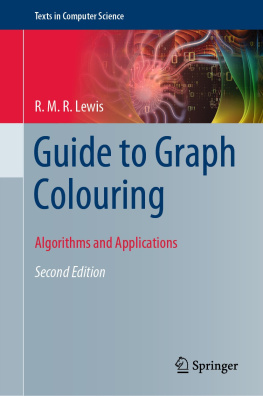
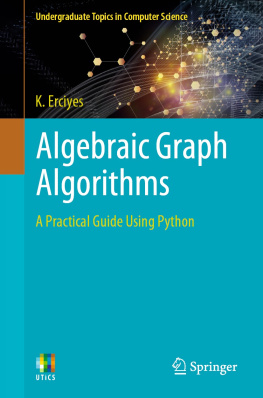
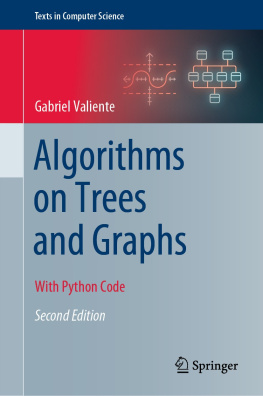
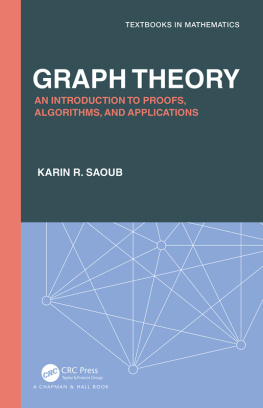
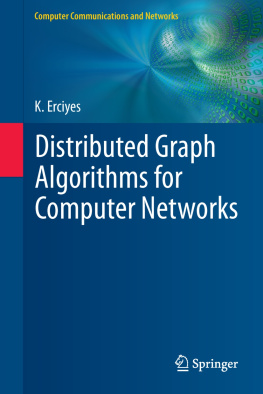


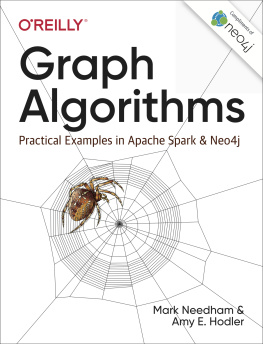
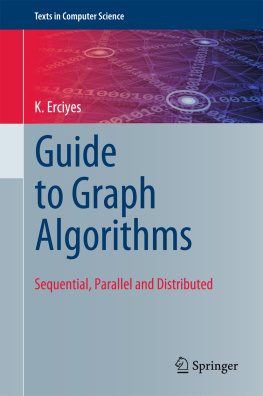
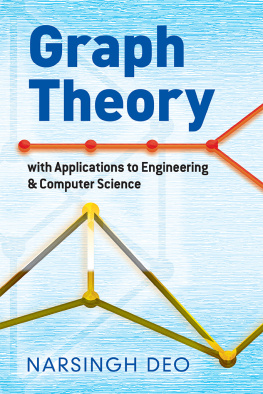
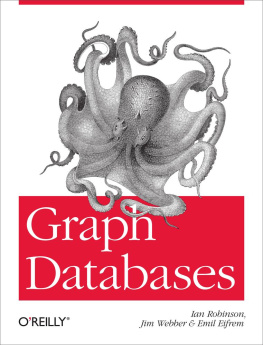
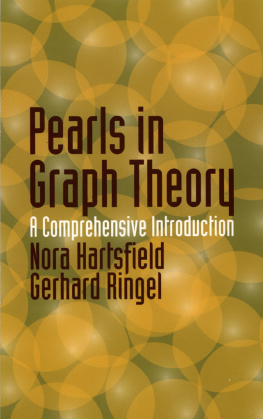
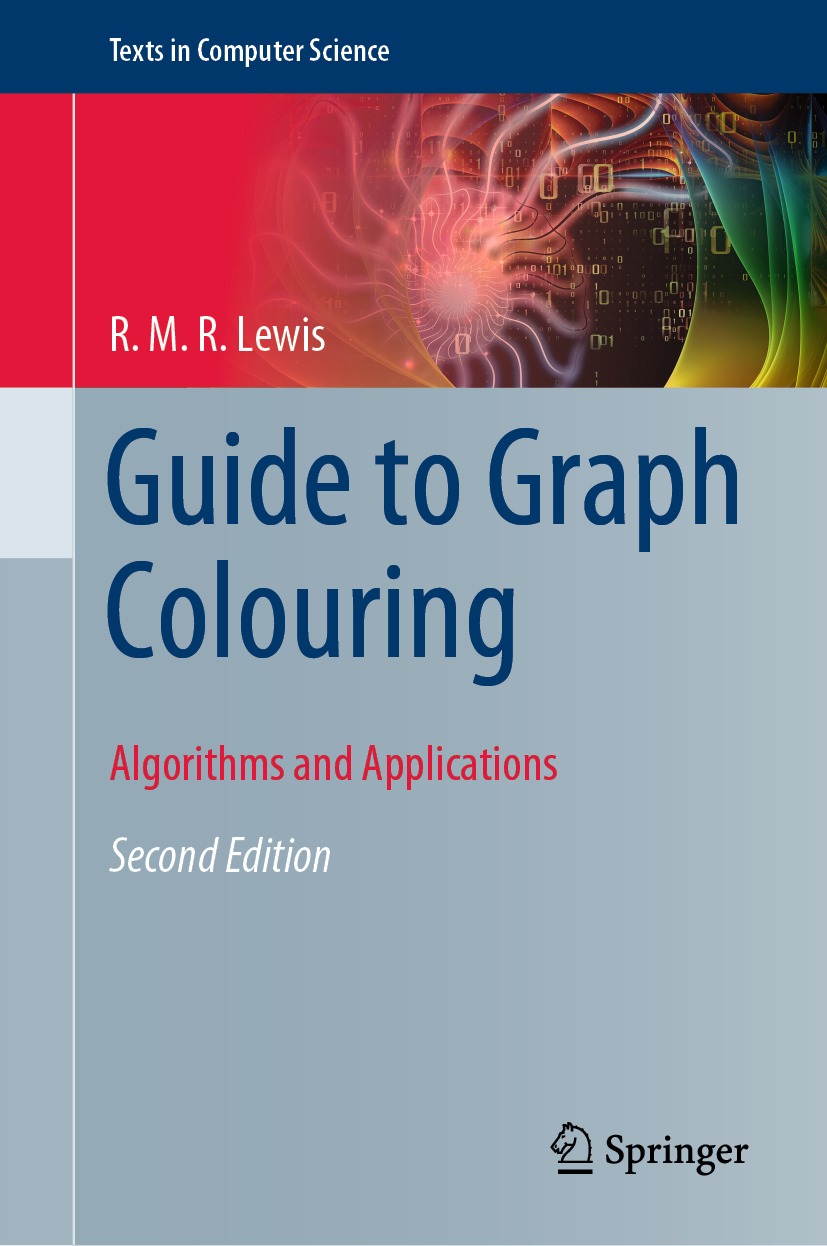

 -completeness. We also review several graph topologies that are easy to colour optimally.
-completeness. We also review several graph topologies that are easy to colour optimally.